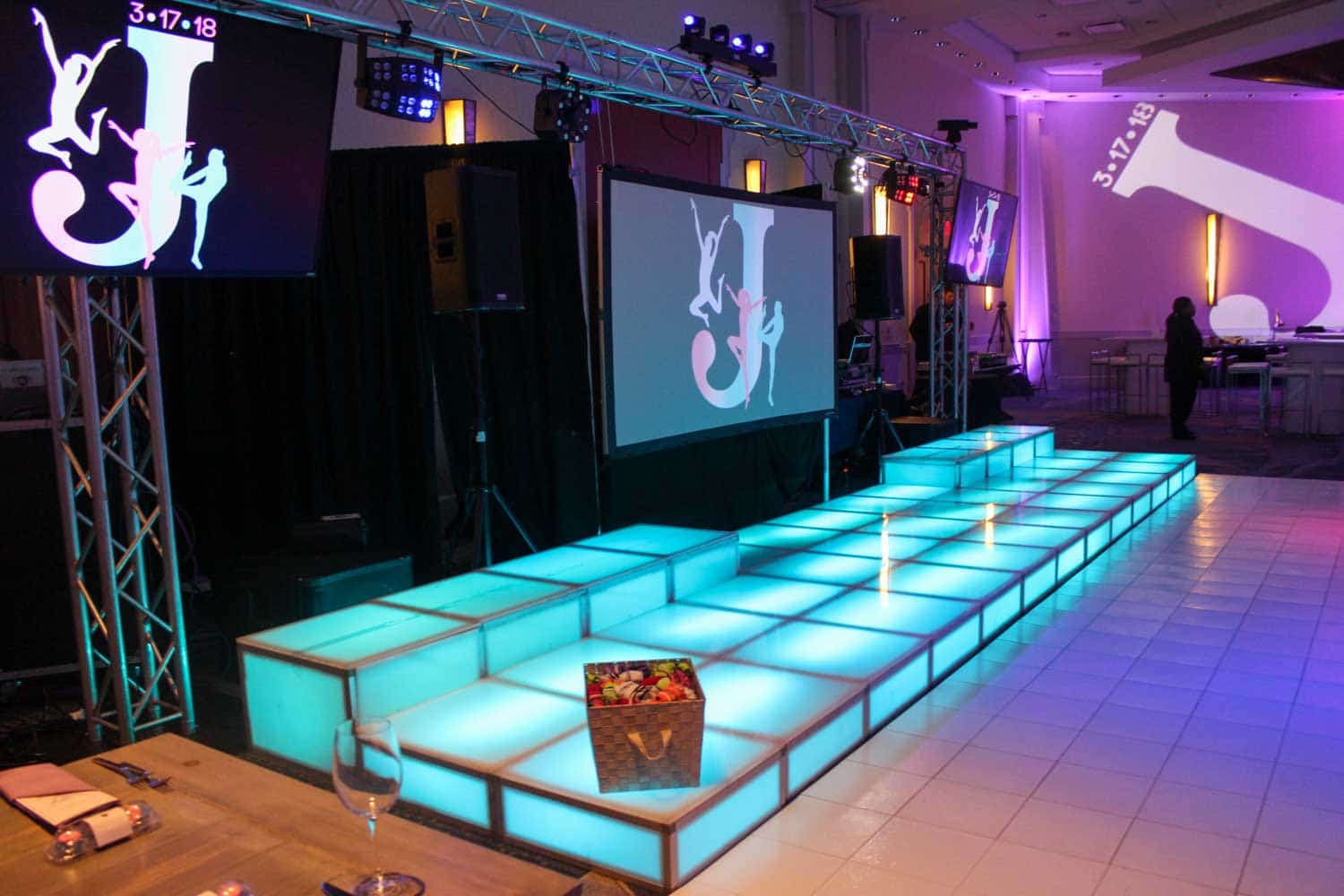The first step in ensuring color accuracy is comprehending how LED systems works. LEDs, or light-producing diodes, generate light in multiple colors by combining red, green, and blue (RGB) light. Each pixel on an LED wall is made up of these three colors. When calibrated properly, the mix of RGB can produce a broad range of hues. However, if one hue is too intense or too faint, it can distort the whole display. This is why calibration is necessary to equalize the hues and reach the intended visual result.
Tuning entails adjusting the configurations of the LED screen to ensure that the hues displayed match the initial content as closely as feasible. This procedure typically involves using specific software and hardware tools. Technicians frequently use color measurement devices, such as spectrophotometers, to examine the hues being displayed. By contrasting the measured hues to benchmark color values, they can make precise adjustments. This guarantees that the colors are not only lively but also uniform across the entire display.
Another important aspect of color precision is understanding the surroundings in which the LED screen is employed. Factors resource such as surrounding light can considerably impact how hues appear. For instance, a brightly illuminated room may wash out hues, making them look less lively. To mitigate this, technicians may adjust the brightness and contrast configurations of the LED wall. Additionally, they may select specific color settings that are more suited for various lighting environments. This adaptability helps preserve color precision irrespective of the viewing surroundings.

Finally, routine maintenance and recalibration are crucial for maintaining an LED screen looking its finest. Over time, the functionality of LEDs can change due to factors like aging and temperature fluctuations. Regular checks and modifications can help guarantee that the hues stay correct and lively. By investing time in appropriate tuning and maintenance, venues can offer viewers with breathtaking graphic presentations that enhance their total impression. Perfecting color accuracy in LED screen tuning is not just a mechanical job; it is an expertise that contributes to the wonder of visual narration.